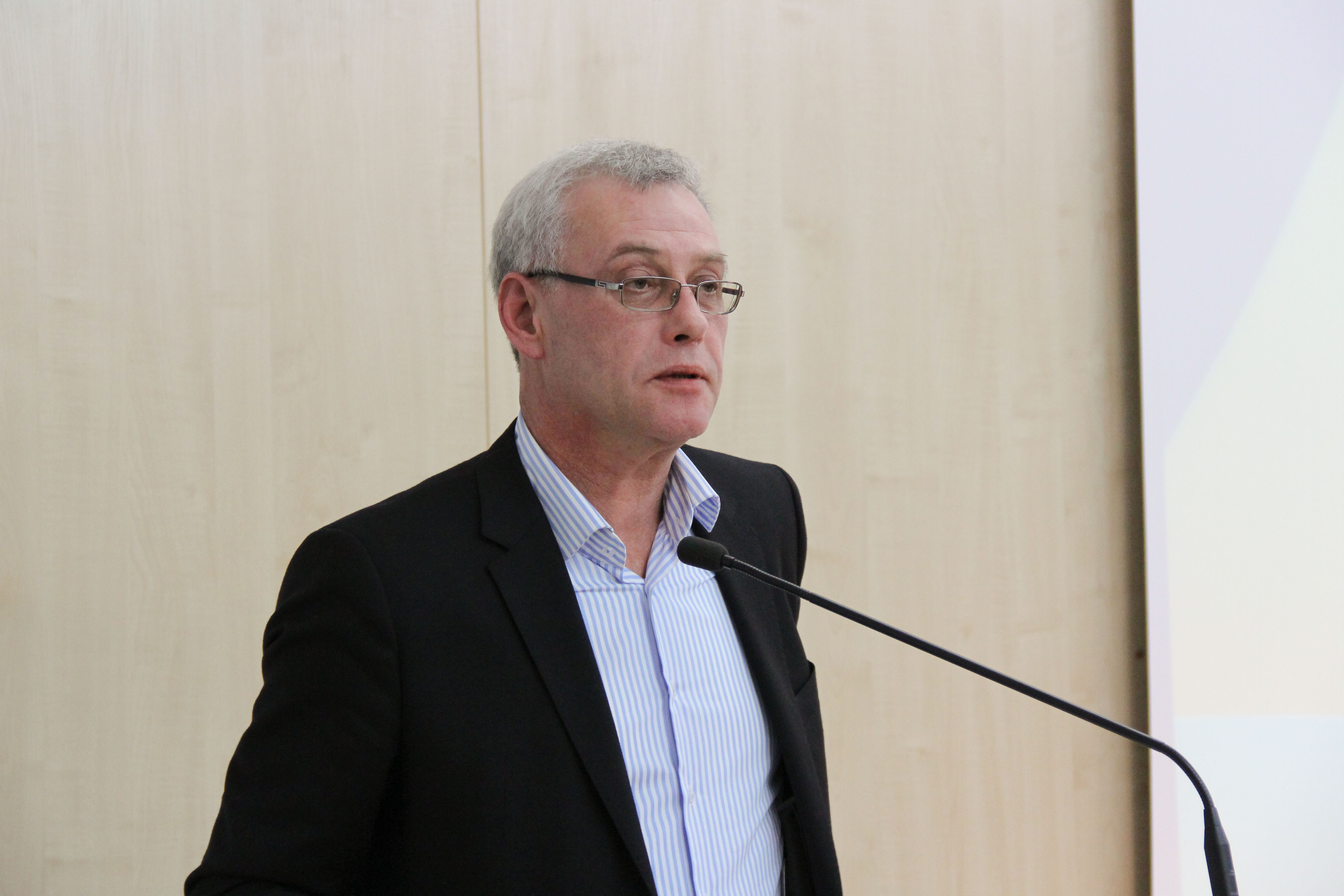Russia’s Kaliningrad wedged between Poland and Lithuania is a headache for NATO commanders today. Some 20 years ago, the exclave also nearly ground Lithuania’s EU aspirations to a halt.
As Lithuania launched formal negotiations with Brussels on February 15, 2000, Russia began using military transit to Kaliningrad as “an instrument” to keep Lithuania “attached to its geopolitical space,” according to political scientist Raimundas Lopata.
At the time, Lopata was one of the few so-called Kaliningrad-watchers among his peers once Lithuania formulated its ambitions to join EU and NATO in 1997.
“Our partners in the West didn’t know about this problem, we had to pull out maps to show where Kaliningrad was,” he added.
Throughout the Soviet occupation, Russian trains with military and civilian freight could reach Kaliningrad. In the1990s, the region became an isolated exclave ripe with social and economic problems.
The only lifeline connecting it with the Russian mainland was that same railway stretching across Lithuania.
Kaliningrad’s own future at the time was in question – debates raged whether it would become Russia’s economic “Hong Kong” and a bridge to Europe, or a military “Trojan horse”, according to Lopata.
Meanwhile, Moscow’s push for free transit became increasingly entangled with “territorial integrity,” “sovereignty” and “human rights” declarations. This followed earlier offers of “Russian security guarantees” that would have meant a de facto military union, according to Lopata.
As Lithuania refused Moscow’s military corridor and protectionism overtures, Russia turned to the West.
The Kremlin said Lithuania “is unable to solve its problems with Russians,” and therefore “cannot coexist peacefully with its neighbours,” which was “one of informal prerequisites” for joining the EU, said Lopata.
In spring 2001, Moscow threatened to maintain its military presence in the region. Other more hawkish claims echoed from Russia’s Baltic Fleet based in Kaliningrad, whose commander claimed they can target the 47 nuclear plants across the region.
Signals from the West were also worrying. One of the earlier reports on Baltic states’ prospects for joining NATO by Ronald Asmus and Robert Nurick in 1996 claimed that largely due to Kaliningrad, NATO expansion in “the Baltic States can provoke a crisis between the West and Russia”.
But, the internal turmoil in Russia gave Lithuania an opening. The negotiations that began in 2000 came at the time of Russia’s economic weakness and when “Putin’s regime was only getting up on its feet”.
“Russians didn’t know the rules of the game,” said Lopata. Lithuania scored a diplomatic victory by outmaneuvering Russia, which tried to foster bilateral connections by engaging predominantly with Paris and Berlin.
Vilnius, therefore, aimed to consolidate regional and European-wide coalitions, according to Lopata. “The game was relatively rough,” he said, but Lithuania came out on top.
The simplified transit mechanism started operating on July 1, 2003, less than a year before Lithuania joined the EU on May 1, 2004.. Military transit, meanwhile, followed the so-called German rules that were used during the withdrawal of Russian military forces from Berlin.
“This means that Lithuania regulates the rules of the transit without breaching its sovereignty,” said Lopata, and has the right to demand to know the nature of the transit, dates, sizes, and other details.
The agreement is renewed on a yearly basis. Civilians can also get transit visas onboard the trains under a simplified procedure.
Transit train as a “hybrid” conflict instrument
According to a high-ranking Lithuanian official, “Russia pushed for a military corridor idea even in 2004, [but] now they mostly transfer [military equipment] to and from Kaliningrad via air. Before it was through us.”
The contract also has to be renewed on a yearly basis. “They kept asking us to sign a new agreement, but we say, look it works, why change it,” said the official.
Now, according to the source, Russia maintains the transit question as part of its “asymmetric capabilities,” a buzzword that caught on following Russia’s war in Ukraine.
In August 2014, months after Russia’s annexation of Crimea and at the height of the fighting in eastern Ukraine, a Russian train suddenly came to a halt atop a hydroelectric dam in Kaunas, Lithuania’s second largest city.
Lithuanian police forces rushed to the scene to make sure no one got off. After initial checks, a technical fault was to blame, and the train was on the move again shortly.
Vilnius’ officials then and now claim that this incident could have easily been a real-case example of Russia’s “hybrid” capabilities.
According to Lopata, a certain danger with the transit corridor remains.
“One of the simulated scenarios is how a conflict could arise based around that train which could be used for various provocations,” he said.
Packages were previously thrown through the windows, potentially for contraband, but also perhaps as a training for something else, said Lopata. There were also cases of passengers getting off the train illegally.
In March 2015, Lithuanian law enforcement and special forces surrounded a Russian transit train that had a large number of military-aged men. That same week, Russian forces held snap-drills in parts of the country.
The transit “is an element of the simulated trainings” for any potential conflict, said Lopata. “I’m certain, the Russians are playing out this scenario, as well.”
The article was originally published on lrt.lt
This comment represents in the opinion of the author, IIRPS VU is not responsible for its contents.









